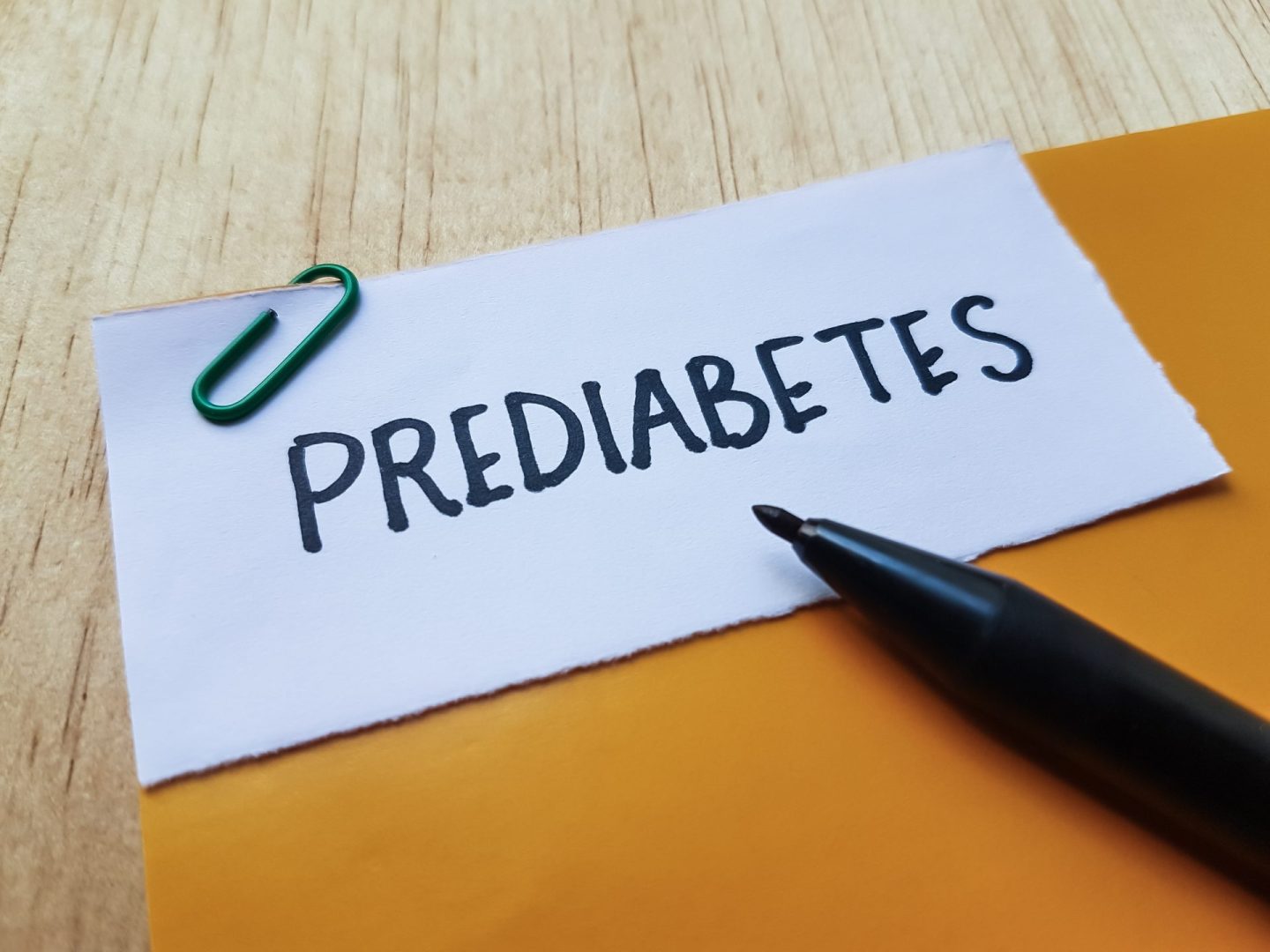You feel tired all the time. Your vision gets a little blurry after meals. Maybe there’s a dark patch of skin on your neck you chalked up to dirt or sun exposure. What if those were your body’s early warning signs?
When your blood sugar starts acting up
Prediabetes doesn’t always scream for attention — and that’s exactly what makes it dangerous. Roughly one in three adults in the U.S. have prediabetes, and most don’t even know it.
It’s especially underdiagnosed in Black communities, where the risk of developing type 2 diabetes is nearly twice as high as in white Americans. Genetics play a role, yes, but so do access to care, nutrition education, and stress levels tied to daily life.
Your body gives you clues long before you get that diabetes diagnosis. The problem is these hints are easy to dismiss as just getting older or being stressed. But recognizing them early can literally change your life.
Signals you’re probably brushing off
So what does prediabetes really look like? Here are some early signs that are easy to miss:
Fatigue after eating or throughout the day hits different when your blood sugar is struggling. It’s not just regular tiredness — it’s that heavy, sluggish feeling that makes you want to nap after lunch.
Blurry vision, especially after carbs or sugar, happens because high blood glucose can cause your eye’s lens to swell. Increased thirst or more frequent bathroom trips are your body’s way of trying to flush out excess sugar.
That dark, velvety patch on your neck or underarms isn’t dirt — it’s called acanthosis nigricans, and it’s linked to insulin resistance. Tingling in your feet or hands can signal nerve damage starting early.
Most of these symptoms don’t feel alarming on their own. That’s why people often brush them off or assume it’s just stress, aging, or diet. Cravings for sweets after meals seem normal in a world full of dessert options.
But over time, unchecked blood sugar can cause damage to your nerves, eyes, kidneys and heart. The tricky thing about prediabetes is that it feels manageable until it’s not.
The plot twist that changes everything
Here’s the hopeful part: prediabetes is reversible. Small, consistent changes make a big difference. That could mean swapping soda for water or fruit-infused drinks, walking for 10 to 15 minutes after meals, or eating more fiber-rich foods like oats, beans and leafy greens.
Checking in with a doctor for a simple A1C test gives you actual numbers instead of guessing. Managing sleep and stress matters too, because both impact blood sugar more than people realize.
Many people think they have to give up all carbs or go keto overnight — not true. It’s about balance, not punishment. The goal isn’t perfection but progress.
Michelle, a 38-year-old from Georgia, didn’t even know what prediabetes was until her doctor explained her lab results. She wasn’t feeling sick — just tired all the time. After making small changes, she lost 15 pounds and her levels returned to normal.
Her story isn’t unique. Thousands of people reverse prediabetes every year by catching it early and making sustainable changes. The key is recognizing those subtle signals your body sends before things get serious.
Listen when your body talks
The hardest part about prediabetes is that it’s sneaky. You don’t feel sick enough to worry, but you don’t feel great either. That’s exactly when you need to pay attention.
Simple lifestyle tweaks can prevent or delay type 2 diabetes by up to 58%. That’s better odds than most medical treatments offer. It’s not about overhauling your entire life overnight — it’s about small, consistent choices that add up.
Awareness is everything. If something feels off, listen to your body. Early detection gives you a chance to take control before things get more complicated. And remember — prevention isn’t about perfection. It’s about staying one step ahead of a condition that affects millions but doesn’t have to define your future.















